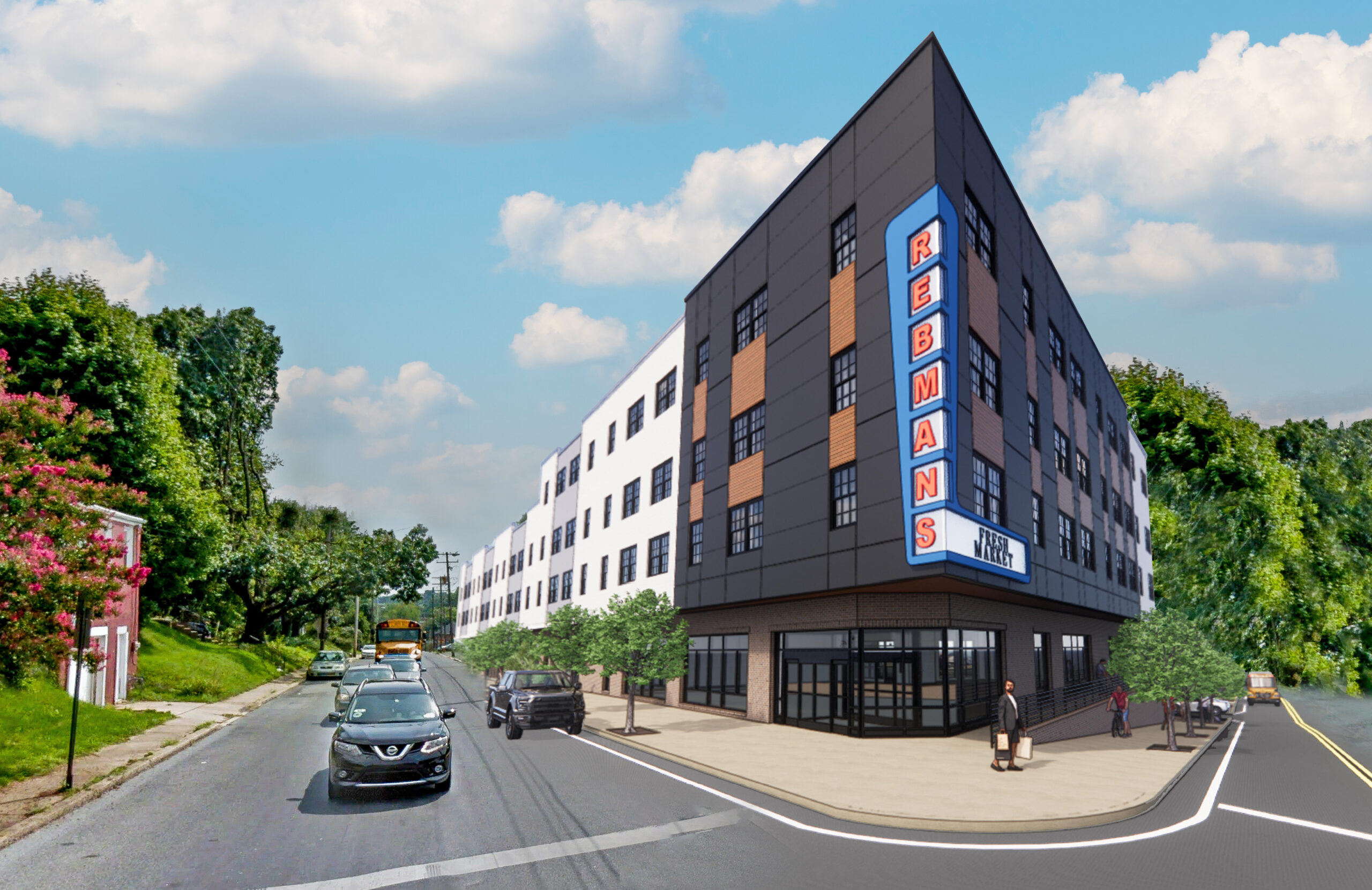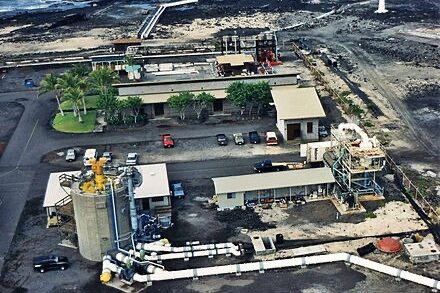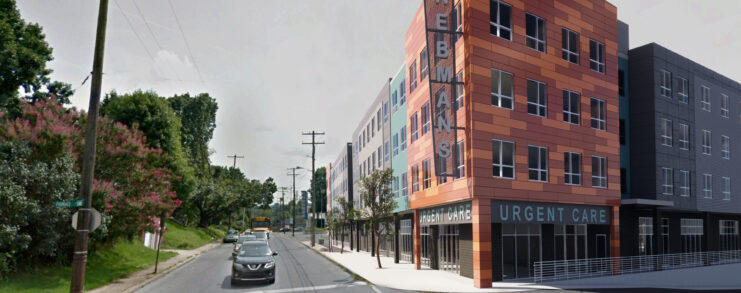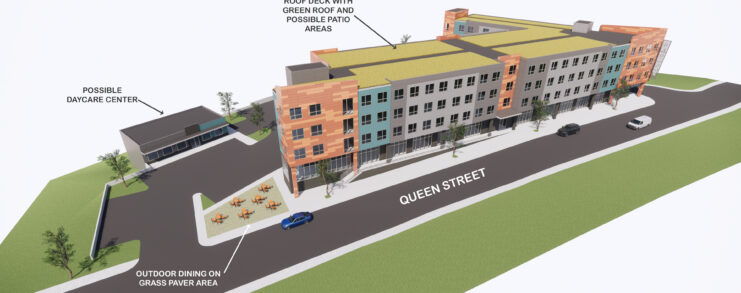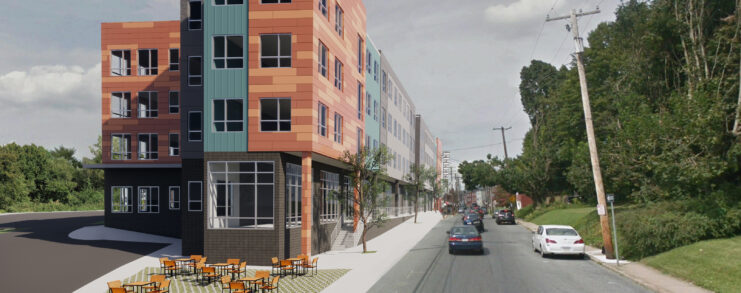The Critical Housing Shortage for America’s Working Families
By Jeremy Feakins
With fires raging, a pandemic surging, and social and economic upheaval still simmering, home is more important now than ever before. Yet, securing a home has emerged as a near-impossible task for many American households. One in 7 households spends at least half of their income on housing.
People don’t actively choose to spend more money than they can afford on their homes—there are simply not enough homes available in their price range. To afford to rent or own a home, many families are forced to live far away from work. Or they might overspend on housing, to the detriment of their health, children’s education, and/or financial future.
The lack of available housing for America’s working families is an urgent problem. Retirement savings suffer. Families suffer. Local economies suffer. In this post, we’ll explain what the critical housing shortage is, why it matters, and what you can do about it.
Who are America’s working families?
We consider America’s working families to be those who make less than $120,000 per year. They make up the majority of Americans—recent graduates, police officers, teachers, janitors, food service workers, etc. These are people that hold jobs, even professional jobs, but they still depend on work for monthly living expenses and generally live paycheck-to-paycheck.
While the median household income for American households was $68,703 in 2019, that number can be deceiving. Big metropolitan areas where low-wage jobs flourish often offer the highest housing costs and the lowest vacancy rates for rental units.
The problem for many of these hard-working families is that they often suffer through long commute times just to get to their jobs every day. And if they suddenly lose a job, they may lose their home, too. If that happens, they may spiral into a cycle of bad debt or even homelessness.
Why is there a critical housing shortage?
The reasons behind today’s housing shortage are complex. But three main culprits keep swimming to the surface: income inequality, housing costs, and demand for housing.
Rising income inequality
It’s no secret that wages have been stagnant for years, and the gap between rich and poor continues to widen. For households of color, that gap is widening at a much faster rate. Overall income inequality is higher now than 50 years ago.
In large metropolitan areas, the majority of low-income Americans live and work in industries like travel and hospitality. These jobs pay less and are more vulnerable to layoffs, which makes safe, consistent housing less secure.
Rising cost of housing
Home prices, especially for single-family homes, are rising faster than wages. It would be easy to blame developers for this rising cost, but they face high costs as well.
Low-density zoning restrictions, parking requirements, high development fees, building materials, and the land itself—which costs 56% more now than in 2012—all contribute to increasing home prices.
Rising demand for housing
With mortgage interest rates at historic lows, many millennials have been competing to buy houses. The demand has inflated prices, making it nearly impossible for many families to buy a house. So, they remain trapped in renting.
In addition to increased prices, barriers like supply shortages, down payment costs, mortgage insurance premiums, and credit requirements have made it nearly impossible for America’s working families to buy homes.
Why does the critical housing shortage matter?
The housing shortage is not just a humanitarian concern. It is also a broader economic one due to the following.
Reduced employee productivity
As housing remains out of reach for many working metropolitan families, those families move further away from city centers where better-paying jobs exist. Long commutes affect well-being and productivity.
As a result, working families have a choice. They can put up with long commutes or move to an economically distressed area with fewer employment or education opportunities.
Reduced business development
Long commutes also contribute to high employee turnover, which impacts a business’ bottom line. Areas with higher-paying jobs can’t attract or retain workers because those workers can’t afford housing nearby.
A faltering labor pool affects a regional economy’s ability to attract new businesses or even expand existing ones. If a regional economy isn’t able to grow or at least maintain the status quo, the talent pool shrinks, and the labor market contracts.
Reduced family financial resources
Families spending more on housing have less to spend on healthcare, save for retirement, invest in education, or recover from disaster. If they can’t take advantage of public transit options, car expenses further inhibit their financial prosperity.
These seemingly personal issues are all a matter of public policy. The less families can care for themselves, the more they become a burden to society. Household debt rises, investments and spending decrease.
How can investing in Opportunity Zones help?
By investing in Opportunity Zones, you can help distressed communities as well as defer or avoid taxes. Here’s how.
Help distressed communities
You can help spur economic growth in distressed communities. As housing prices become more manageable for America’s working families, their time and financial resources are freed up to contribute to the economy. They produce more, get paid more, spend more, and save more. As a result, regions attract new business, leading to job growth.
Defer or eliminate taxes
If you invest your capital gains from the sale of capital assets (stocks, bonds, real estate, or businesses) into a Qualified Opportunity Fund (QOF), you can advantage of significant tax benefits. Your QOF investment means a deferral of your capital gains taxes, while a long-term hold (at least 10 years) can lead to additional tax optimization strategies.
Start making a difference now
The housing shortage is a crisis that needs to be addressed. It affects the majority of families in the United States and will only get worse without change. Contact the OZFund to learn more about how you can help address this problem, while receiving tax deferral benefits.
Jeremy P. Feakins is Chairman and Chief Executive Officer of OZFund, Inc. You can contact him at jpf@ozfundinc.com or book a call with him.
